
Filter News
Area of Research
- (-) Biology and Environment (37)
- (-) Neutron Science (59)
- Advanced Manufacturing (2)
- Biological Systems (1)
- Computational Biology (1)
- Computer Science (2)
- Energy Science (23)
- Fusion and Fission (5)
- Isotopes (4)
- Materials (28)
- Materials for Computing (5)
- National Security (11)
- Nuclear Science and Technology (2)
- Quantum information Science (2)
- Supercomputing (63)
News Topics
- (-) Biomedical (16)
- (-) Computer Science (17)
- (-) Frontier (3)
- (-) Hydropower (6)
- (-) Neutron Science (54)
- (-) Physics (2)
- (-) Polymers (2)
- 3-D Printing/Advanced Manufacturing (4)
- Artificial Intelligence (8)
- Big Data (7)
- Bioenergy (30)
- Biology (46)
- Biotechnology (7)
- Chemical Sciences (6)
- Clean Water (10)
- Composites (1)
- Coronavirus (9)
- Energy Storage (4)
- Environment (61)
- Exascale Computing (4)
- Fossil Energy (1)
- Fusion (5)
- High-Performance Computing (13)
- Machine Learning (7)
- Materials (7)
- Materials Science (9)
- Mathematics (3)
- Mercury (6)
- Microscopy (8)
- Nanotechnology (4)
- National Security (3)
- Nuclear Energy (5)
- Partnerships (1)
- Quantum Computing (1)
- Quantum Science (1)
- Security (2)
- Simulation (9)
- Space Exploration (1)
- Summit (8)
- Transportation (1)
Media Contacts

ORNL researchers used the nation’s fastest supercomputer to map the molecular vibrations of an important but little-studied uranium compound produced during the nuclear fuel cycle for results that could lead to a cleaner, safer world.

Tackling the climate crisis and achieving an equitable clean energy future are among the biggest challenges of our time.

The rapid pace of global climate change has added urgency to developing technologies that reduce the carbon footprint of transportation technologies, especially in sectors that are difficult to electrify.
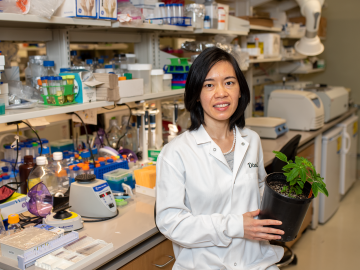
A team of researchers working within the Center for Bioenergy Innovation at ORNL has discovered a pathway to encourage a type of lignin formation in plants that could make the processing of crops grown for products such as sustainable jet fuels easier and less costly.
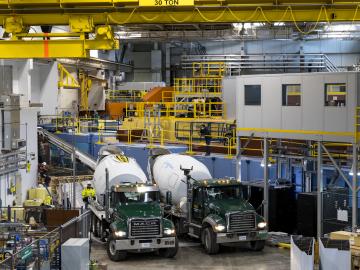
Cement trucks entering and exiting the Spallation Neutron Source are a common sight as construction of the VENUS neutron imaging beamline progresses. Slated for completion and commissioning in 2024-2025, VENUS is the twentieth neutron instrument at SNS and will offer many new capabilities.

A team led by the U.S. Department of Energy’s Oak Ridge National Laboratory demonstrated the viability of a “quantum entanglement witness” capable of proving the presence of entanglement between magnetic particles, or spins, in a quantum material.
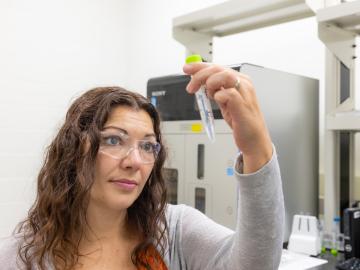
Carrie Eckert applies her skills as a synthetic biologist at ORNL to turn microorganisms into tiny factories that produce a variety of valuable fuels, chemicals and materials for the growing bioeconomy.
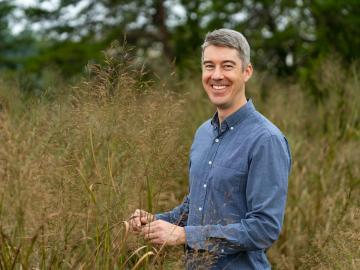
For ORNL environmental scientist and lover of the outdoors John Field, work in ecosystem modeling is a profession with tangible impacts.
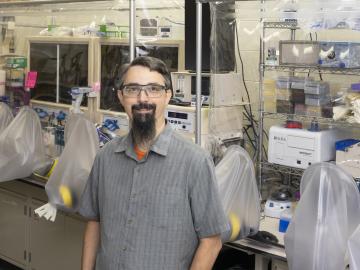
As a metabolic engineer at Oak Ridge National Laboratory, Adam Guss modifies microbes to perform the diverse processes needed to make sustainable biofuels and bioproducts.

Scientists at ORNL and the University of Wisconsin–Madison have discovered that genetically distinct populations within the same species of fungi can produce unique mixes of secondary metabolites, which are organic compounds with applications in


